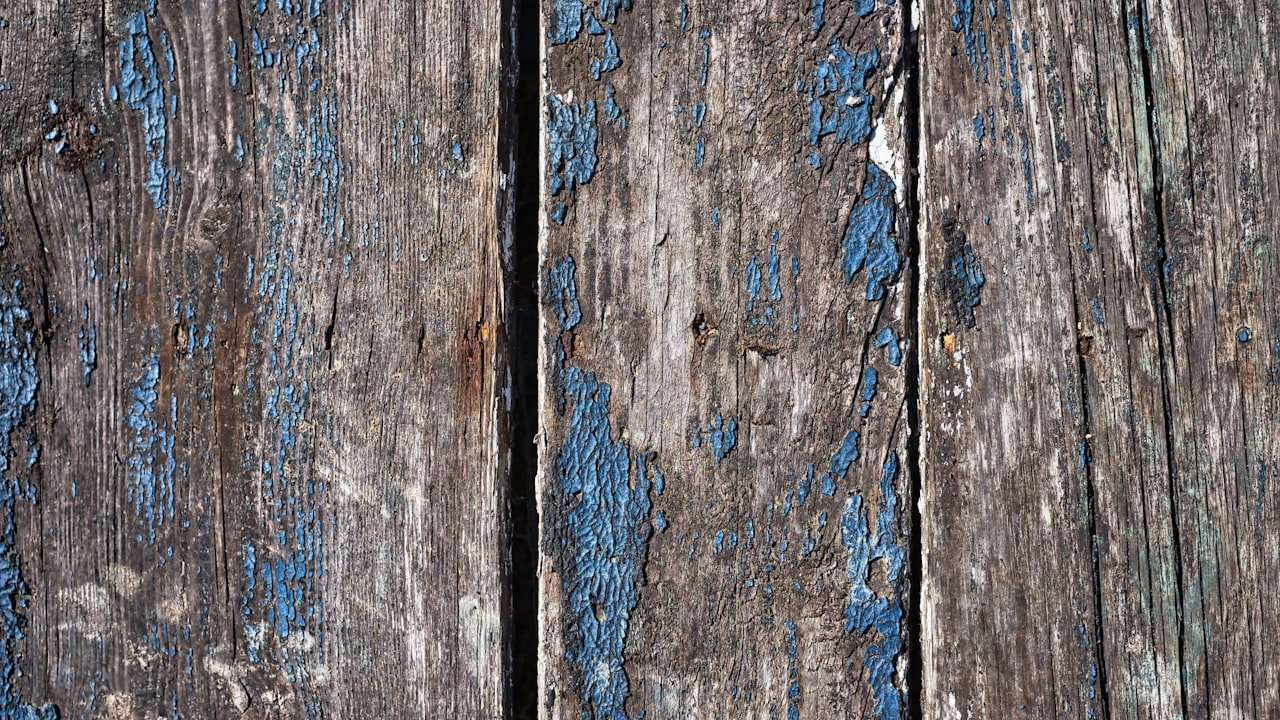Making wood pellets is a simple process that can be done with a few simple tools. The most important part of the process is making sure that the pellets are uniform in size and shape to burn evenly.
Here's how to make your wood pellets:
- Start by cutting your wood into small pieces. The smaller the components, the easier it will be to pelletize them.
- Next, run the wood through a chipper or grinder to create small, uniform pieces.
- If you have a pellet mill, place the groundwood inside and press it into pellets. If you don't have a pellet mill, you can use a hand-held die to press the wood through, creating your pellet die. You can also form the pellets by hand and let them dry.
- Allow the newly-made wood pellets to dry completely before using them on your stove or fireplace.
Now you have the knowledge of how to make wood pellets. Wood pellets are an excellent fuel source for fireplaces and stoves because they burn cleanly and efficiently, unlike unprocessed chunks of wood that often need to be fed into a fire to keep it going. Wood pellets create little ash that is easy to clean up after the fuel burns down. By making your wood pellets, you can save money on your heating costs and reduce how much cut wood you have lying around or need to chop yourself with a chainsaw for other uses around the house.
Industrial pellet production is part of the biorefinery concept, where pellets are derived from biomass, such as wood residues. The size of modern wood processing facilities can range from 300 to 1,700 employees and annual production of 7.5-30 million tons. In Europe, over 60% of the energy demand in heat and power is met by renewable energies, including biomass.
Most pellets are made out of softwoods, but hardwood sources have been increasing recently because they tend to be a little easier to ignite. Pellets can be produced from almost any form of biomaterials; this paper focuses on the main types: sawdust, chips and shavings, offcuts and trimmings, residue fuels (which generally contain more bark and moisture) like forest residues or landfill waste.
Steps in the production of wood pellets are:
Sawdust, chips and shavings, offcuts and trimmings, residue fuels (typically contain more bark and moisture) like forest residues or landfill waste.
Steps in the production of wood pellets are:
- Receive organic raw materials (wood),
- Preparation includes reducing biomass material to a uniform length; optional screening; storage; loading; transportation; pelletizing; cooling, sizing, and packaging for transport to customers or storage facilities. Depending on the equipment used, preparation may be done onsite or at another location, such as a sawmill for the raw material.
- Pelletising is the process of heating wood material to a temperature between 160°C and 220°C, with the addition of steam, in an autoclave called a "pellet mill". This drives off water from its structure, providing internal heat and pressures within the milling chamber to form a semi-solid state.
- Cooling, which cools pellets enough to be handled safely by machinery without damaging them, reduces the energy cost of compression and allows them to harden for storage or transport.
- Sizing, which more precisely densifies pellets and allows for yield increases as high as 10%. In general, sizing involves screens that separate pellets by size, with the largest going to storage and the fines recycled back into the pelletizing process.
- Packaging for transport to customers or storage facilities. Pellets are usually packed in sacks, big bags, or boxes.
The global production of wood pellets is estimated to be around 23 million metric tonnes (MT) in 2016, and it is forecast to grow at a CAGR of 6.9% during the period 2016-2021, to reach 37 million MT by 2021. The North American region is expected to dominate the wood pellet market during the forecast period. The U.S. is expected to be the largest country-wise market for wood pellets, followed by Canada. Europe is expected to be the second-largest market for wood pellets.

